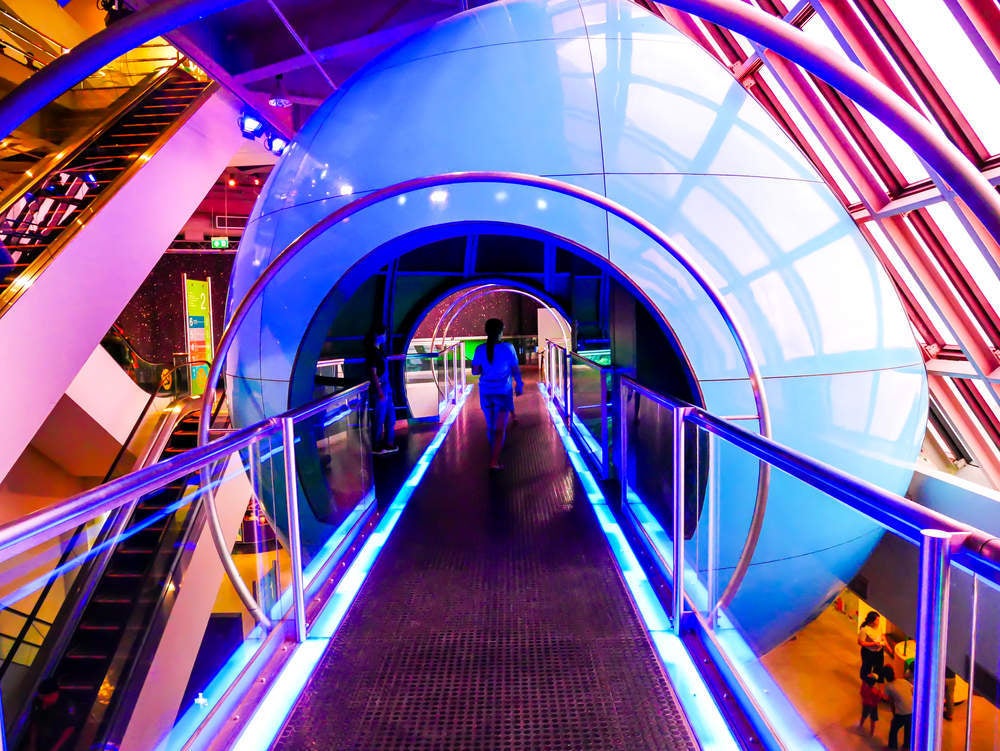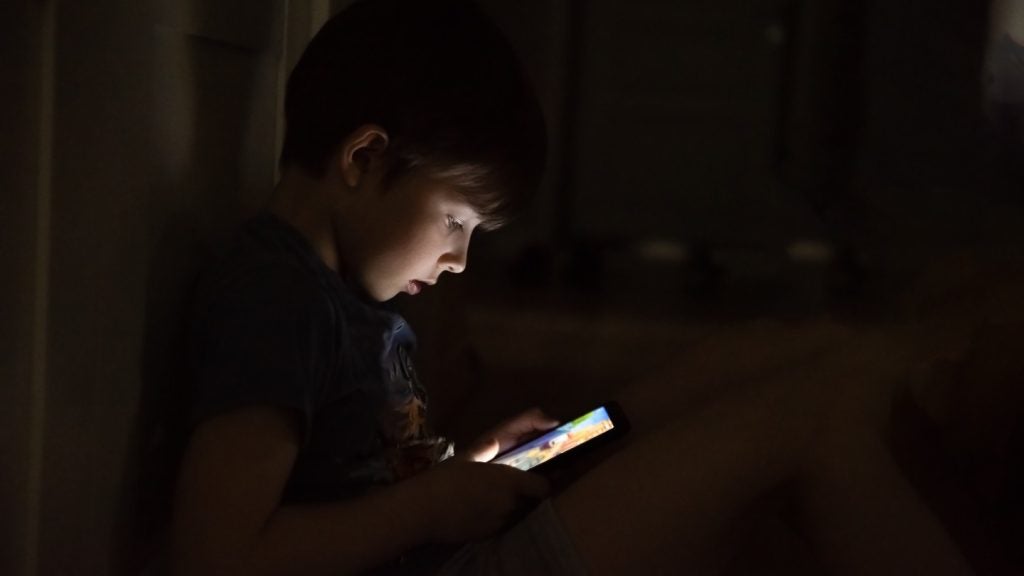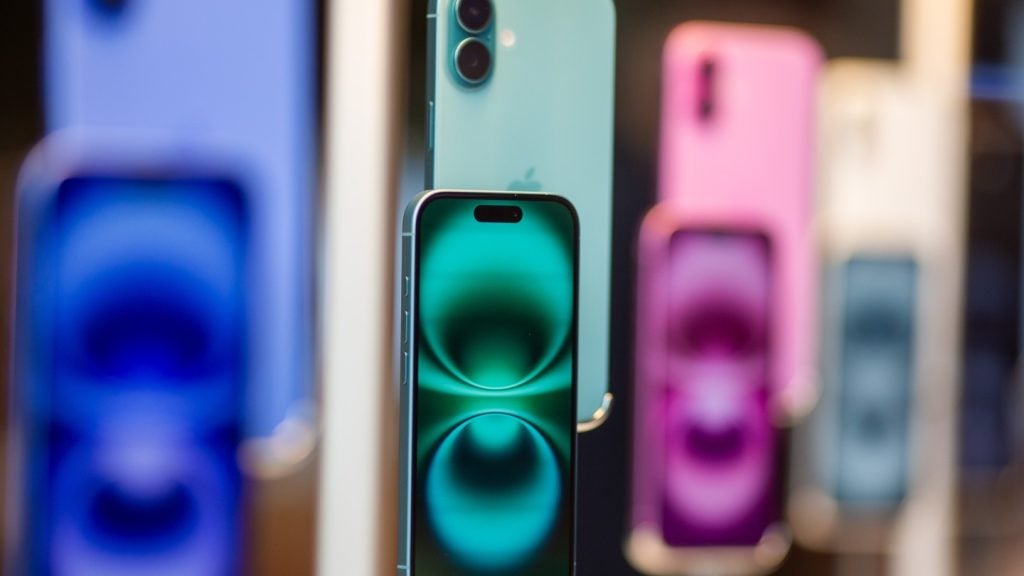
Whether museums and galleries should go digital and how to make them so are both big questions in the art community.
Businesses use technology to develop products and attract users but museums are caught between the desire to remain traditional and the benefits new tech can bring.
Some are however now using virtual reality (VR), and its sister technology augmented reality (AR), to let people interact with art in ways that were impossible just a few short years ago.
It has been suggested that digitalising museums and galleries mean their sacred nature is being eroded. Others have embraced the future.
Museums — traditionally temples of culture — are often seen as the antithesis of low-brow social media and gimmick technology, offering an escape from the always-on, instant-gratification of smartphones, social media, and the internet — a return to a simpler, slower, past.
JiaJia Fei, the Jewish Museum of New York’s director of digital, in a TedX talk last year described the art world’s resistance to social media as:
How well do you really know your competitors?
Access the most comprehensive Company Profiles on the market, powered by GlobalData. Save hours of research. Gain competitive edge.

Thank you!
Your download email will arrive shortly
Not ready to buy yet? Download a free sample
We are confident about the unique quality of our Company Profiles. However, we want you to make the most beneficial decision for your business, so we offer a free sample that you can download by submitting the below form
By GlobalDataThe fear of reproduction, the fear of copyright, the fear of what’s going to happen if we allow our information to go online and be disseminated.
She argued however that embracing technology could help curators reclaim their role and take an active part in directing the technological development of galleries.
The introduction of new visitor experiences could be an opportunity to increase a museum’s reach, make exhibitions more accessible, and attract the interest of younger generations.
Immersion
VR company Immersion announced this week a series of educational VR and AR apps inspired by artifacts from the Washington-based Newseum.
The project will allow users to interact with milestone moments in US history.
Mitch Gelman, chief technology officer at the Newseum, said:
A primary focus for the Newseum has always been to enhance our exhibits with interactive technology. By using VR and AR, we are able to let people experience history that has shaped freedom of expression in the US and around the world.
The project includes a Unabomber VR experience, telling the story of how the man responsible for a series of bombings between 1978 and 1995 was captured by the FBI.
The story is narrated by Terry Turchie, the agent who ran the task force, and allows viewers to see the cabin where the bomber was captured, as well as interact with evidence used in the case.
It’s expected that similar digital techniques will allow people all over the world to visit any museum using a VR headset.
Artist Azikiwe Mohammed said in an interview with magazine Artspace:
White walls have rarely held a place for me, as the world we live is made of anything but. Shows in people’s homes, libraries, public places — these are the spaces that interest me, because these are where a non-self-identified-art-viewing crowd will see stuff. Those are the people I want to talk to.
Museum attendance
Museums and galleries make big contributions to a country’s income which is often invested back into their improvement and development.
In the US gallery spaces get 850m visitors per year — more than most sports — and represent around $21bn in economic activity, according to the American Alliance of Museums.
US museum attendance numbers are anticipated to grow as technology is increasingly introduced into gallery spaces.
Meanwhile, the UK has seen a decline in museum attendance in recent years. Both the National Gallery and Tate lost 20 percent of their audience in a five-year period up to 2014, according to BBC analysis found two years ago.
There was a dramatic fall in visitors across the Tate galleries, the National Gallery, the V&A and the British Museum, figures released by the UK’s Department for Culture, Media and Sport show.
These galleries collectively saw 47.6m people from April 2015 to March 2016, down from 49m people in 2013/2014.
However, digital gallery spaces are expected to renew interest and boost visitor numbers.
How are some of the world’s biggest museums going digital?
The Cleveland Museum of Art
The Cleveland museum is home to the ArtLens Gallery which opened in June of this year. It features eye-tracking, motion detection, and facial recognition technology in the creation of immersive exhibitions, which it describes as:
An experiential gallery that puts you, the viewer, into conversation with masterpieces of art, encouraging engagement on a personal, emotional level.
Each artwork has two corresponding games that encourages users to actively interact with chosen pieces.
Jane Alexander, chief information officer at the Cleveland Museum of Art said:
The best use of digital is to not make you aware of the technology, but to make you aware of the art.
London’s Science Museum
From March of this year, visitors to London’s Science Museum have been invited to take part in a VR mission that re-enacts the European Space Agency’s first British astronaut Tim Peake’s 400km journey back to Earth.
The 12 minute video is narrated by Peake and includes a view inside the Soyuz space capsule as well as his reentry into Earth.
New York’s Metropolitan Museum of Art
In February of this year New York’s Metropolitan Museum of Art digitised over 380,000 images from its collection with the intention of making its art more accessible.
To make the Museum as accessible as possible, we need to ensure that the collection exists in those online locations where people already go for doses of creativity, knowledge, and ideas… This policy change to Open Access is an exciting milestone in the Met’s digital evolution, and a strong statement about increasing access to the collection and how to best fulfill the Museum’s mission in a digital age.
The Victoria & Albert Museum
Tristram Hunt, the former British lawmaker now in charge of the Victoria & Albert Museum (The V&A) reported a lack of interest in one of his museum’s exhibits that allows visitors to download a personal guide to the galleries onto their smartphones.
Speaking at the Hay Festival, Hunt said:
There’s a sense of people often coming into the museum as a way to get away from digital activities. And what we’ll find is that they’ll then go home and want to look at what they saw today, or they’ll be in the cafe looking at it, so they’ll reflect afterwards through digital media and digital access on what they saw, but in terms of their own personal interaction with the object, often they want to step back from that.







